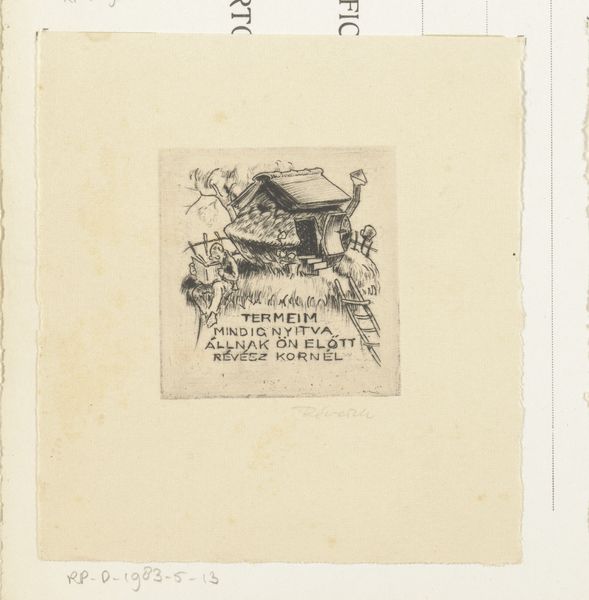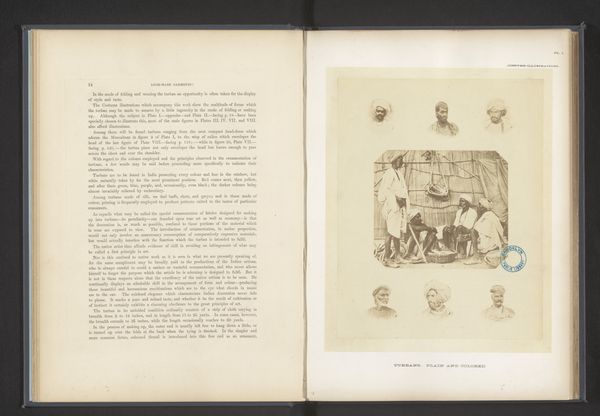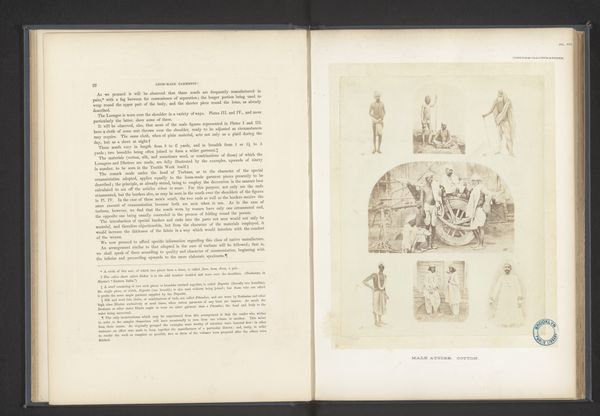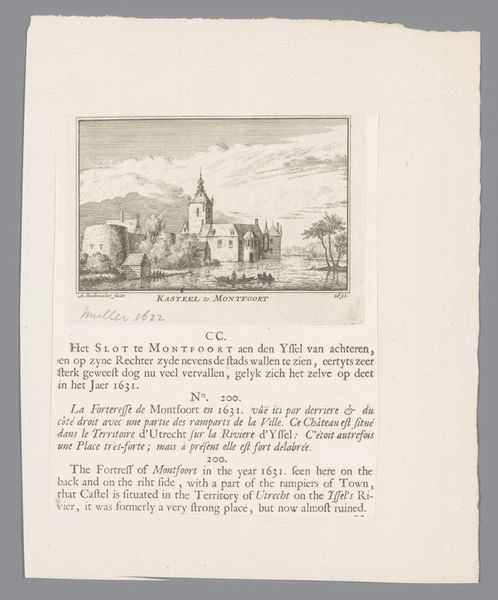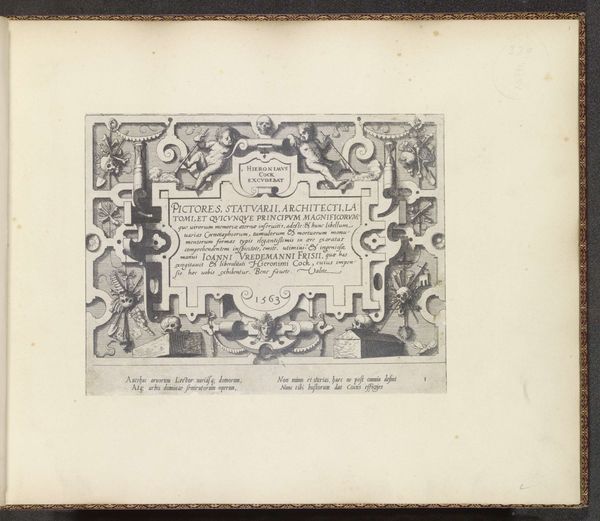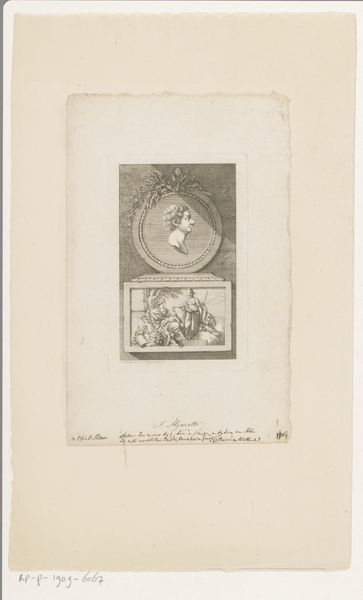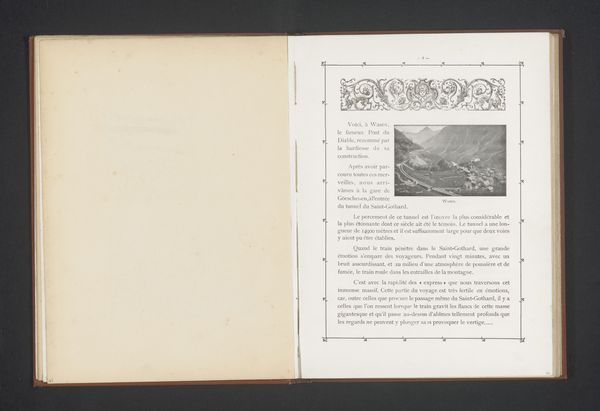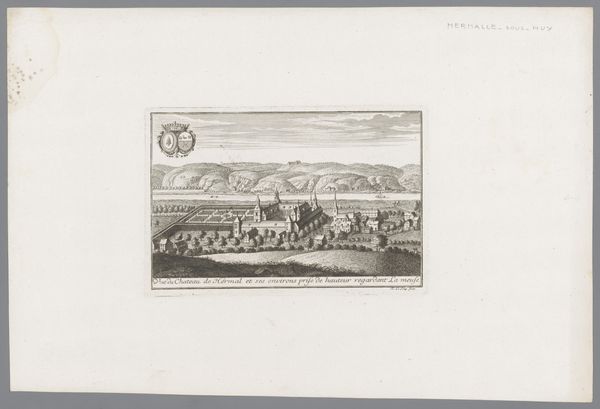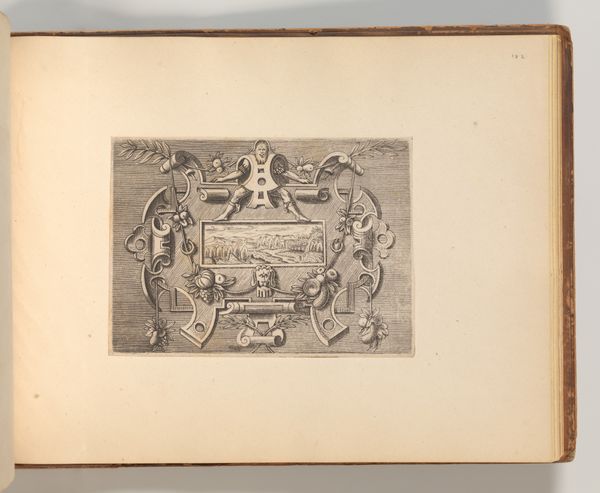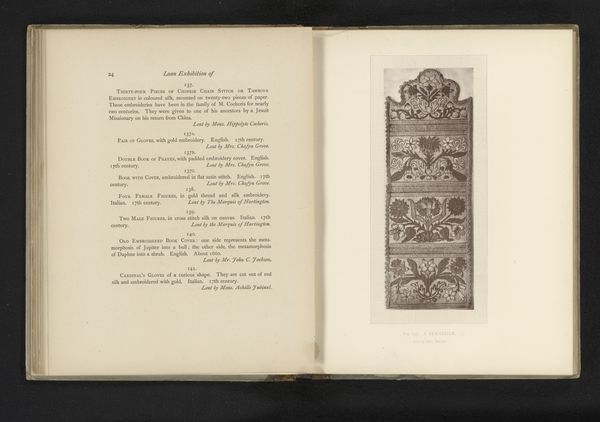
print, etching, architecture
#
baroque
#
dutch-golden-age
# print
#
etching
#
landscape
#
architecture
Dimensions: height 156 mm, width 123 mm
Copyright: Rijks Museum: Open Domain
Curator: Our attention is drawn to Abraham Rademaker's "Gezicht op Slot Abcoude," an etching created around 1725. It's part of the Rijksmuseum's collection. Editor: The first thing that strikes me is the texture, those rough, crumbling edges defining the architecture. It projects such an immediate feeling of decay, doesn't it? Curator: Indeed. Rademaker, working within the Dutch Golden Age tradition, and incorporating elements of Baroque aesthetics, often used architecture as a vehicle to communicate the impermanence of power, perhaps hinting at the transience of human achievement. The fortress itself serves as a visual motif that represents power, but one undermined by age and ruin. Editor: Note how the arches and rounded forms, typical of the Baroque, are fragmented. Structurally, they convey instability; the composition directs our gaze not to solid forms but to negative space. Are we meant to reflect on what is absent, lost or faded over time? Curator: It's possible. Also, the setting holds significance. Consider that castles and fortresses in the Dutch landscape often carried charged symbolic weight connected to ideas of sovereignty, protection, and also the conflicts that shaped the nation's history. Editor: That context really gives a richer appreciation for Rademaker's depiction of these broken structures. Seeing the etching simply as a study in decay overlooks potential themes surrounding loss of sovereignty. The shadow cast upon the facade only highlights what the ravages of time have wrought. Curator: And etching as a medium certainly accentuates that theme—each etched line physically manifesting the passage of time, and the slow disintegration of physical forms and ideals. Editor: Looking again, that contrast between delicate line work and depiction of heavy stone really holds my attention. It seems Rademaker managed to portray a deep story by contrasting texture and style, a method very distinctive. Curator: Indeed. It offers insight into cultural attitudes to preservation, power, and time itself. The piece transcends mere topographical record to become an evocative contemplation on mortality.
Comments
No comments
Be the first to comment and join the conversation on the ultimate creative platform.

